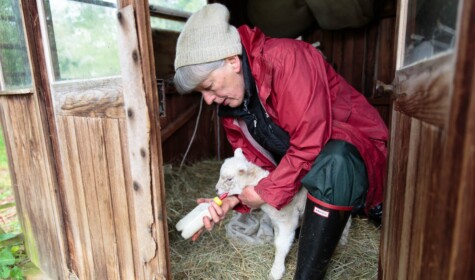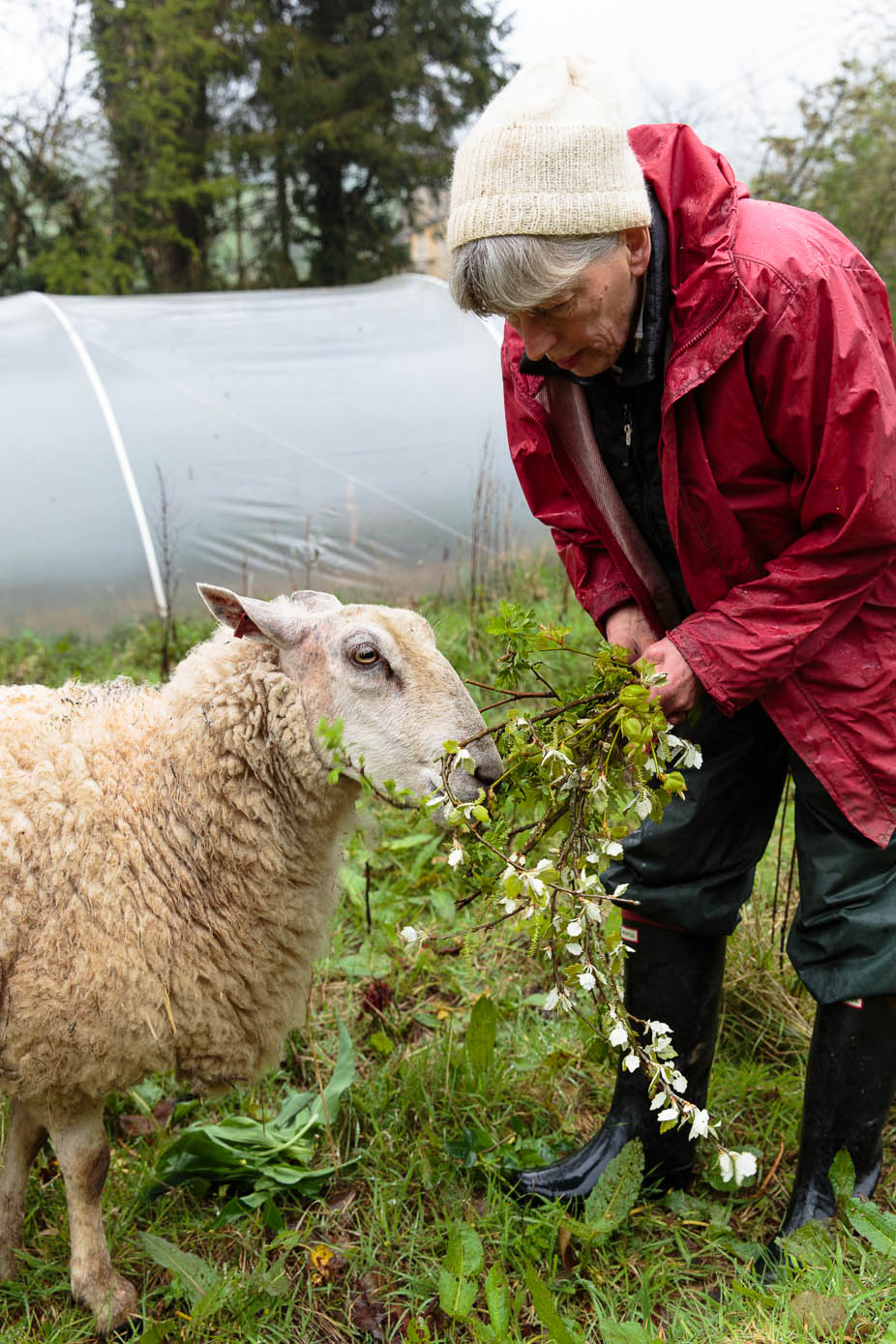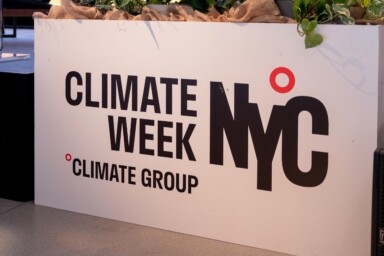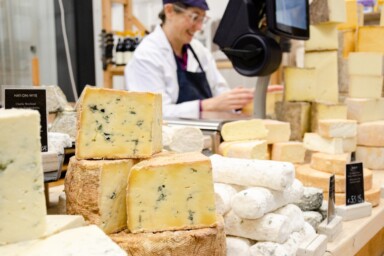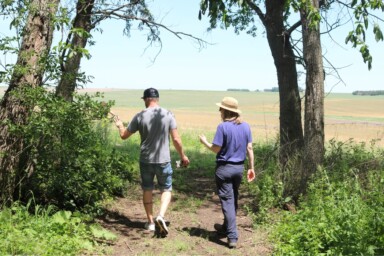How can measuring sustainability help us to understand and value the produce and services that farmers deliver? In this series, we explore the role of metrics in transitioning to a more sustainable food and farming system, and we meet some of the people who are leading the way. Here, Megan Perry, Head of Policy and Campaigns for the Sustainable Food Trust, explains some of the complexities for both farmers and customers when it comes to animal welfare, and we meet farmer and bestselling author, Rosamund Young, who shares her experience from Kite’s Nest farm in the Cotswolds.
When making food choices, animal welfare is generally listed as one of the leading concerns for the public. This is reflected in the increase of interest in meat with more ethical credentials, including pasture-fed, local and organic. A significant shift towards meat-free diets has also been, in part, driven by concern for the welfare of animals in the food industry.
However, research suggests that, despite the majority of people feeling concerned for the welfare of farmed animals, more immediate issues such as time pressures and finances, often dictate choices. While animal welfare is an issue many care deeply about when asked, it can be easy to lose sight of these concerns when standing in the supermarket aisle. The confusion around labelling and advertising creates a feeling of mistrust amongst customers who find it hard to identify the true quality of what they are buying. The anonymous and centralised nature of the supermarket meat supply chain further serves to weaken customers connection to the origin of the meat they are buying and their understanding of how it has been produced. Clearer labelling, a more transparent supply chain and better access to local meat could go a long way to supporting people in making better choices for animal welfare.
Animal welfare is not just a concern at the consumer end of the supply chain. The majority of livestock farmers care deeply about their animals and want them to have a good quality of life. Furthermore, good animal welfare is important in improving farm sustainability as it impacts productivity and meat quality, whilst also reducing risk to the farmer from disease or injury in livestock. However, while some aspects of animal welfare are easy to understand and measure, other aspects can be subjective and contested. There are also cases where trade-offs may occur between animal welfare and environmental sustainability, productivity, resource efficiency or other important considerations. This is why it is so important to take a holistic approach to farm assessments, as the Global Farm Metric (GFM) seeks to do.
